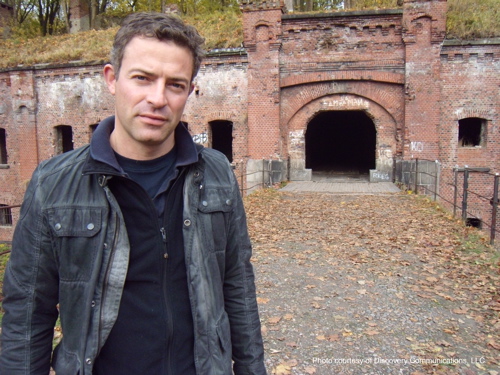The Nazis had a sick penchant for plundering every nation they invaded, most famously for their gold reserves and art. Germany began the war with reserves in the Reichsbank of around $208m, of which some $97m represented gold already stolen from Austria, Czechoslovakia and Danzig. The total amount of gold looted by the Nazis during the war itself, not only from the defeated nations, such as Belgium, Holland and Hungary, but from Jewish and other victims, is now estimated at $580m. The gold came from governments and civilians, including Jews murdered in concentration camps, from whom everything was taken down to the gold fillings of their teeth. Of this about $400m (worth $4 billion today,) went to Switzerland either to the Swiss National Bank’s own account or through their banks to other nations. I’m ashamed to say, that I didn’t know that much about the Swiss connection during the war so I’ve been doing a bit of digging.
The Swiss accepted some $280m ($2.8 billion today) on their own account and the rest went directly to the accounts of other countries (Portugal, Spain and Sweden, Turkey, Argentina) in payment for goods and raw materials. Most of it has never been recovered. The Bergier commission (an investigation set up by the Swiss Government) says 76% of Nazi gold transactions went through Switzerland and the volume of trade between Swiss private banks and war-time Germany was at least three times higher than earlier estimates indicated. The Swiss returned only $58 million in gold, keeping gold valued by a Swiss historian at $350 million ($3.5 billion at today’s prices).
They also kept most of an estimated $250 million to $500 million in liquidated German assets — even some from German Jews. Half of this was supposed to go to stateless victims, who finally got about $28 million. In 1962, Swiss banks began “finding” “lost” bank accounts, finally returning $9.5 million to rightful owners in the early 1970s. Pressed again in 1996, they suddenly “found” another $32 million in 1996. In the past few years, they have now apparently located $46.8 million in 5,600 “dormant” accounts opened by ‘foreigners’ before May 1945. They are still a long way short of “finding” all the missing accounts.
The Swiss National Bank, as well as the Bank for International Settlements (based in Switzerland) openly carried out gold transactions between neutral central banks and the Reichsbank during the war, thus facilitating the Nazi war effort. The US War Department and Treasury Department to the Office of Strategic Services (OSS) and the Justice Department accuse the Swiss, of also engaging in direct production for Nazi Germany and helped protect their investments. Swiss shipping lines also furnished Germany with a large number of boats for the transport of goods. Switzerland also allowed an unprecedented use of its railways to link Germany and Italy for the transport of coal and other goods. Switzerland provided Germany with arms, ammunition, aluminum, machinery and precision tools, as well as agricultural products. Swiss convoys carried products from Spain across France through Switzerland to Germany. This conduct continued even as the Germans retreated and the threat of invasion evaporated. As late in the War as early 1945, Switzerland vitiated an agreement it had just reached with the United States to freeze German assets and to restrict purchases of gold from Germany.
In the making of this film, we focused mainly on investigating the Amber Room, but the research in Nazi looting and especially the little known complicity of Switzerland, has truly helped to inform our wider understanding of these events. I’m obviously not saying that the Amber room in held in Swiss bank vaults, (although anything is possible), rather there is still a huge amount we still don’t know about what happened during the war, and part of the Nazi legacy, including the complicity of others and the location of some of their plunder, still remains unsolved.
Oliver Steeds is among many things an investigative reporter and do visit his site at www.oliversteeds.com




